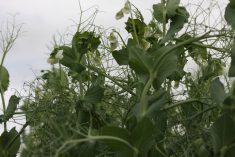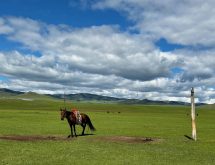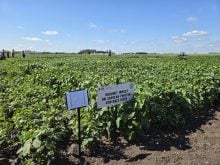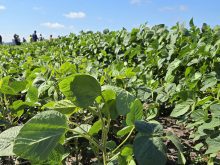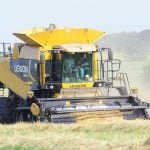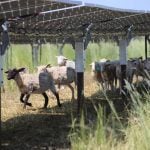The U.S. ethanol and corn industries are awaiting a federal regulation that could put the brakes on corn-based ethanol development.
When the federal government passed legislation expanding the renewable fuel standard to 136 billion litres of biofuel by 2022, it noted that to qualify, the fuel would have to meet certain greenhouse gas reduction levels, according to a life cycle analysis.
Geoff Cooper, vice-president of research at the Renewable Fuel Association, said those calculations have been completed and will soon be released when the proposed rule is published.
Read Also
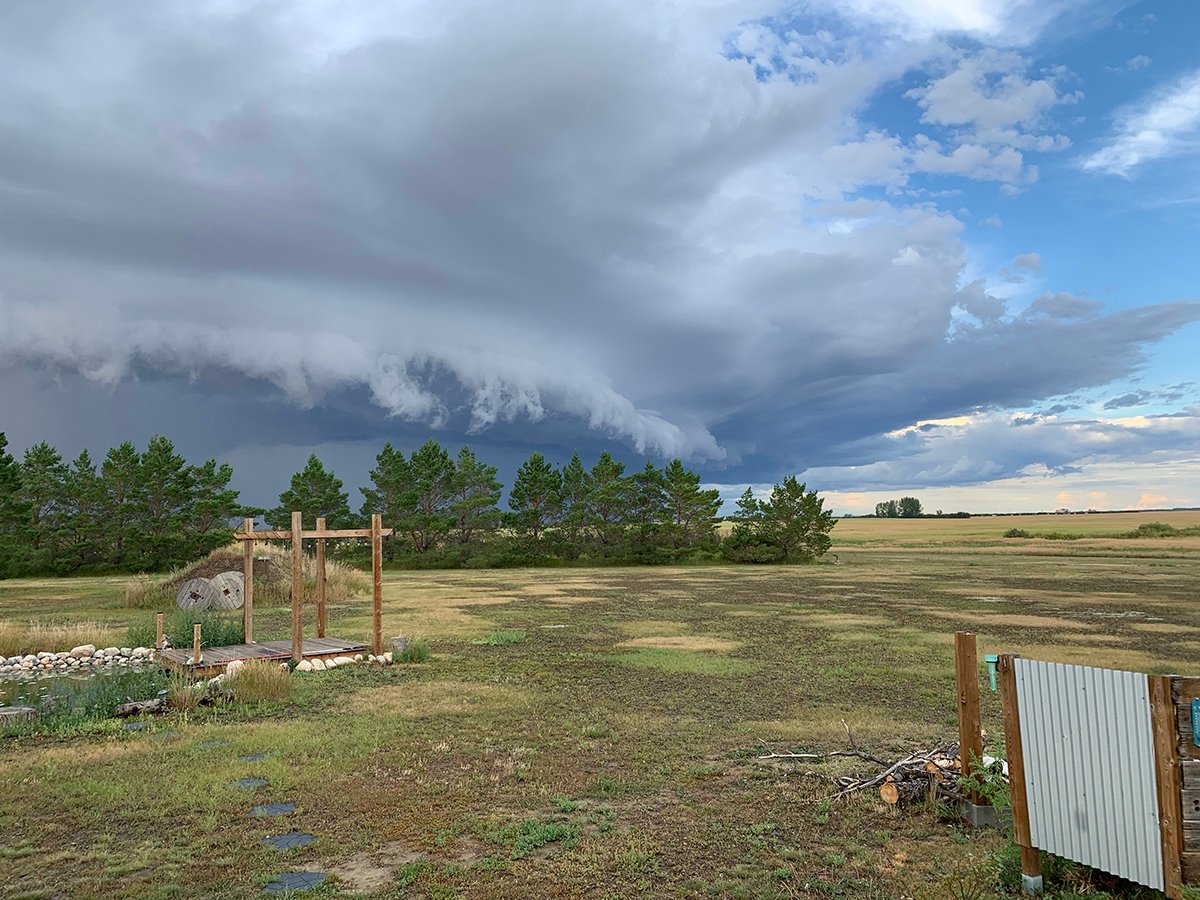
Storm dynamics and extreme rainfall
Besides moisture, instability and orographic lift, the next biggest factor that contributes to heavy or extreme rainfall is storm dynamics.
U.S. president Barack Obama’s administration pulled back all pending rules when he took power so his new team could evaluate them before publication.
Cooper expects the rules could be released anytime and the ethanol industry is bracing for what it expects to be negative publicity stemming from those numbers.
If the calculations had been limited to factoring in the direct greenhouse gas emissions associated with planting, growing, harvesting, transporting and processing the corn and distributing the resulting ethanol, everything would have turned up roses.
But the act requires the U.S. Environmental Protection Agency to take indirect land use into consideration when completing the calculation and that has everybody nervous.
“The language of the bill really ties their hands,” said Cooper.
The idea is that a farmer in Illinois who used to grow corn one year and soybeans the next might be planting corn on corn due to demand generated by the ethanol industry.
That lost soybean production has to be made up somewhere else in the world, perhaps by a Brazilian farmer who destroys rainforest. Suddenly the ethanol life cycle analysis doesn’t look so favourable.
“That’s where we get concerned,” said Cooper.
A poor life cycle analysis wouldn’t kill the grain ethanol industry because there is a grandfathering provision in the act that makes existing biofuel capacity immune to the greenhouse gas reduction thresholds.
But any new plants coming into production would be subject to the thresholds. Equally concerning is what impact a poor life cycle calculation would have on the public perception of grain ethanol, said Cooper.
“Publication of a life cycle analysis method that includes indirect land use change is going to cast some doubt on whether ethanol provides the greenhouse gas reduction benefits that we had previously believed.”
He said it’s not fair to blame the U.S. ethanol industry for deforestation in Brazil. It is simplistic to suggest there is a direct link. Farmers make planting decisions based on a number of market factors.




